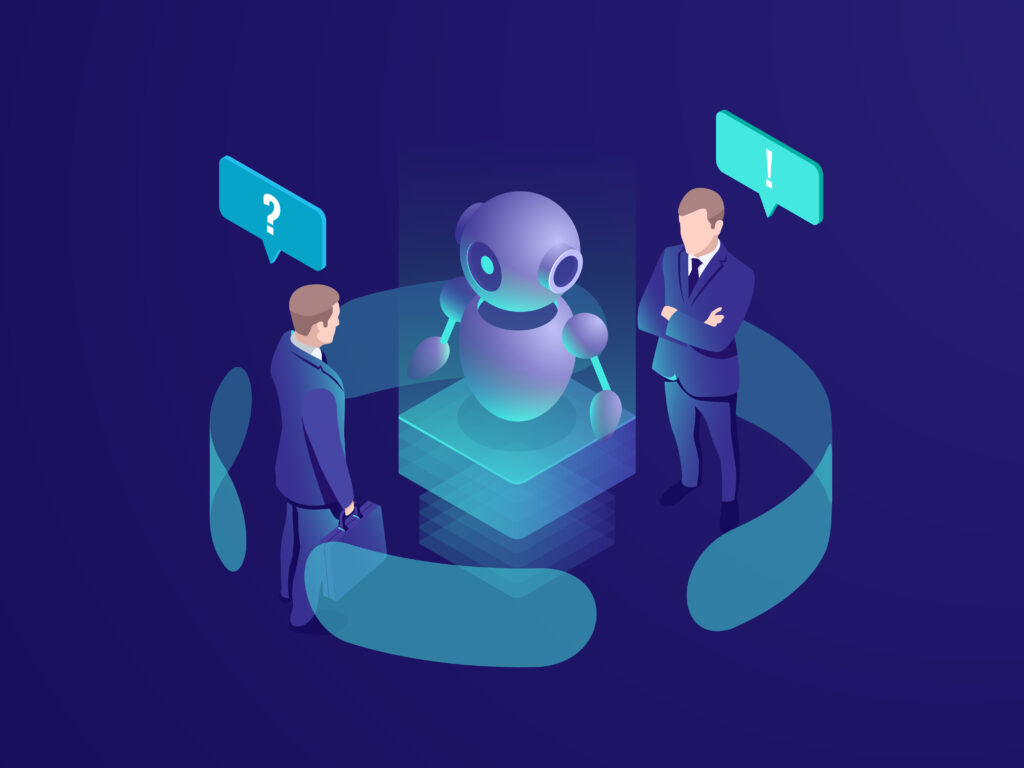AI Agents vs RPA vs Chatbots: Choosing the Right Automation Approach

Introduction:
Automation is transforming the way businesses operate—but with so many technologies available, it’s easy to get confused. RPA, chatbots, AI agents—what’s the difference, and which one should you use?
Choosing the right tool can mean the difference between streamlined operations and stalled implementation.
In this guide, we’ll break down the three leading automation approaches—AI agents, robotic process automation (RPA), and chatbots—so you can understand how they work, what they do best, and which one fits your business needs.
What is RPA?
Robotic Process Automation (RPA) uses software bots to automate repetitive, rule-based tasks. It mimics user actions like clicking, copying, and pasting across digital systems.
Best for: Repetitive, structured processes; Legacy systems without APIs; Finance, HR, IT operations
What is a Chatbot?
A chatbot is a conversational tool—often rule-based or powered by NLP—that interacts with users through text or voice.
Best for: Customer support, FAQs, Basic lead generation
What is an AI Agent?
An AI agent is an intelligent software system that autonomously performs tasks, makes decisions, and learns from feedback. It integrates with other systems, interprets data, and takes contextual actions—far beyond what chatbots or RPA can handle.
Best for: Dynamic, data-driven tasks; Workflow automation with decision-making; Personalized, multi-step customer journeys
| Feature | RPA | Chatbot | AI Agent |
|---|---|---|---|
| Autonomy | Low (scripted) | Medium (NLP-based) | High (goal-driven and adaptive) |
| Use Case | Back-office tasks | Front-end interaction | End-to-end workflow execution |
| Learning Capability | None | Limited | Machine learning enabled |
| Environment Adaptability | Low | Medium | High |
| Integration | UI-based, limited | API-based | Deep API + system integration |
When to Use Which
Use RPA When:
- You have legacy systems with no API access
- Tasks are highly repetitive and rule-based
- You need quick wins in process efficiency
Use Chatbots When:
- You want to automate simple customer interactions
- You’re enhancing live chat or omnichannel support
- You have a well-defined knowledge base
Use AI Agents When:
- Your workflows require interpretation, decision-making, or personalization
- You need to coordinate actions across multiple tools
- You want automation that adapts and learns
Real-World Examples
- RPA Example: A logistics firm uses RPA to extract shipment details from PDFs and enter them into an ERP system.
- Chatbot Example: A telecom company uses a chatbot to answer billing questions 24/7, reducing call center load.
- AI Agent Example: A fintech startup deploys an AI agent to monitor customer accounts, detect unusual activity, and notify support teams in real-time.
Key Takeaways
- RPA is ideal for rule-based, back-end processes.
- Chatbots shine in simple user-facing conversations.
- AI agents combine intelligence, adaptability, and autonomy for complex workflows.
- Selecting the right tool depends on the complexity, context, and goals of the task.
Frequently asked questions (FAQ's)
Can AI agents replace RPA and chatbots?
Not always. AI agents can complement or enhance them, but each has its place depending on the task.
Are AI agents harder to implement?
They require more planning but deliver greater long-term value.
Is it possible to combine these tools?
Yes! Many businesses use RPA for data tasks, chatbots for communication, and AI agents for orchestration.
What’s more cost-effective?
RPA is cheapest upfront. AI agents offer higher ROI over time.
Where can I get help selecting the right solution?
SpectraMind helps businesses assess, design, and implement the right automation strategy.
Don’t just automate—optimize. At SpectraMind, we help you choose the right mix of tools (AI agents, RPA, chatbots) for your unique business goals.
Book a free strategy call and take the guesswork out of automation.